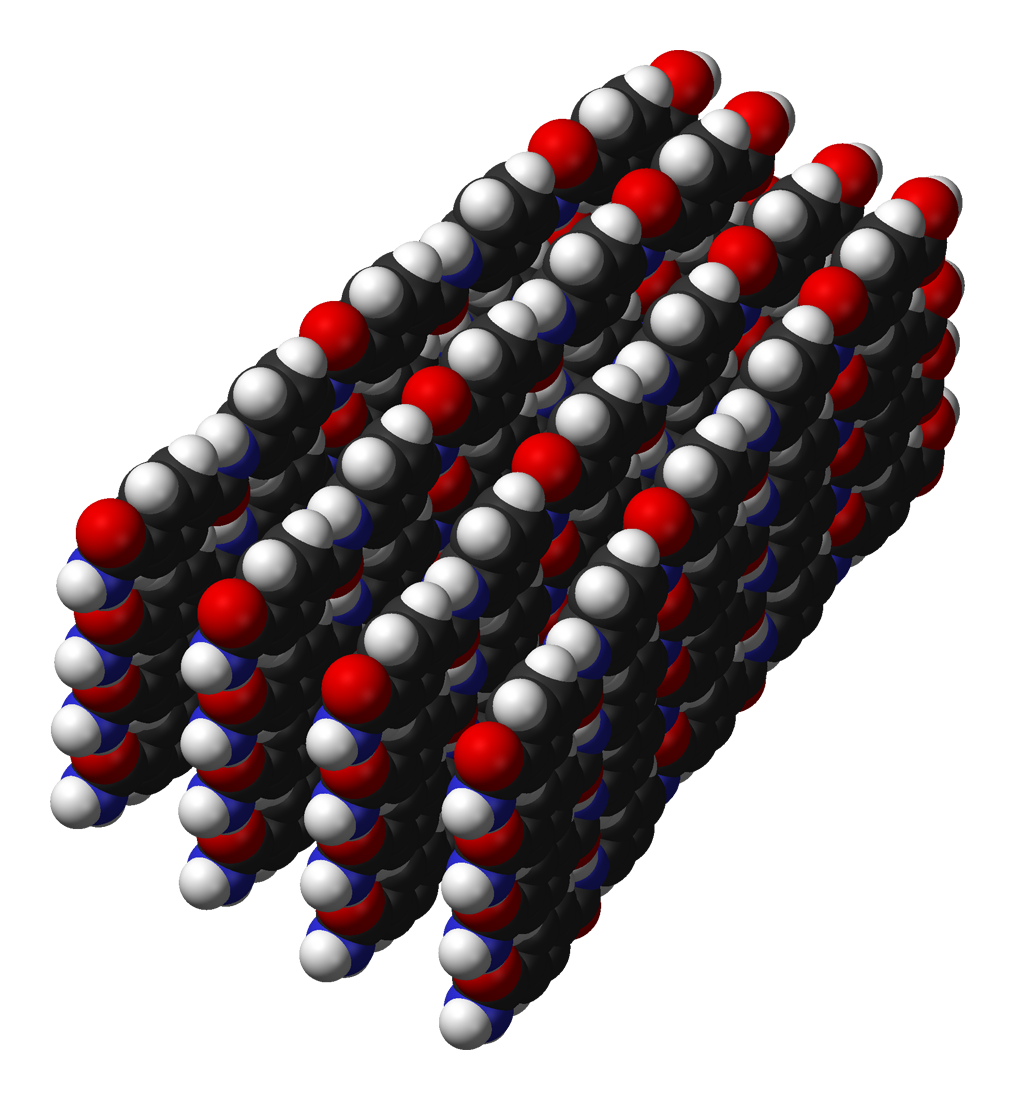How One "Failure" Changed the World: The Story of Kevlar
Stephanie Kwolek grew up loving science and sewing. She dreamed of going to medical school. Instead, she accidentally invented one of the strongest materials on Earth.
I have always wondered what the strongest material on earth was. Much to the chagrin of my mother, I would attempt to break many things to test out my theories. Unfortunately, "the breakable me" is probably an accurate nickname.
But there are, in fiction and in real life, materials that are virtually indestructible. First, the fictional. If you've ever seen any Marvel movie or read a Marvel comic, you may recognize the name of adamantium, the strongest metal on Earth. Captain America's shield is made of it.
In the non-fictional universe, we have our own tough materials. Think about spider webs: the silk is comparable to steel in tensile strength. And what about the mighty egg shell, stronger than it appears: this video demonstrates how multiple egg shells can support the weight of a car on top of them. And no, they were not hardboiled!
Courtesy of BBC
These are all naturally-occurring materials showing super strengths, but are there any artificially synthesized materials to rival Mother Nature? Scientist Stephanie Kwolek stumbled on to an answer that has changed the world when she invented Kevlar.
Stephanie Kwolek wanted to be a doctor. It was her childhood dream. She loved science and sewing (interesting combo, no?), experimenting with different fabrics from an early age with her mother's help. She discovered a passion for chemistry and medicine while at Carnegie Mellon University.
Kwolek's work experimenting with polymers combined her love of fabrics and science. She soon became fascinated by polymers, which are multiple molecules strung together to form really long chains. Polymers can be made of natural or man-made materials. Kwolek played with using low temperatures to create synthetic fibers that could withstand a lot of pressure, and remain stiff and strong.
The creation of Kevlar came about completely by accident in 1965. While analyzing molecule chains at low temperatures, Kwolek found a specific formation of molecule chains that was exceptionally strong and stiff. The solution was strange – it was cloudy and thin, unlike nylon polymers, that are clear and thick. "I think someone who wasn't thinking very much or just wasn't aware or took less interest in it, would have thrown [the solution] out," she reflected. The fibers created from this solution were the strongest anyone had ever seen—plastic strong enough to stop bullets and knives—described as being "five times stronger than steel on an equal weight basis."
A whole new industry came about from her creation of Kevlar. There are more than two hundred uses for this fabric. Mars space suits? Check. It is the key material behind bulletproof vests, and its use has saved countless lives. It is also used in spacecrafts, planes, boats, canoes, car brakes, shoes, and even the fiber optic cables that allow you to read this article on the internet.
Video courtesy of DuPont
Kevlar is even being used in the fashion industry. Fibers are used in a variety of clothing, accessories, and equipment to help make them safer and more durable. Designers such as Miguel Caballero tout the material as fashionable protection that can meet any lifestyle and look good. Kevlar fashion can run in the thousands of dollars for elite fashionistas. If you are looking for an affordable option, there are scarves to protect you from sharp objects that run under $100 each.
Still too pricy? Maybe that's because customers looking for Kevlar are mostly in the market for security, not style. Because of the strength of the material, it is being made into body armor, bullet-proof vests and other forms of protection for law enforcement, military and other agencies. Increasingly. The material is sometimes needed to protect business executives or journalists covering war zones.
While Kevlar is integral to engineering our future, it's intriguing to think about future needs to innovate wearables more broadly. Maybe you will find the next revolutionary use of Kevlar, or another game-changing fabric or material to protect in extreme climate conditions, or in case of rapidly changing temperatures.
Sewing and science? Who knew! Play with ideas and materials. Follow your dreams like Stephanie Kwolek. Take chances. You never know what you may find.
Want to Learn More?
- "Adamantium" , 30 Nov, -0001. http://marvel.wikia.com/wiki/Adamantium. Accessed on 30 Sep, 2017.
- "Eggs Strong Enough to Hold a Car" BBC, 1 Jun, 2010. https://www.youtube.com/watch?v=xukNq7JO4dE. Accessed on 30 Sep, 2017.
- "How Does Kevlar Work?" ExplainThatSTuff.com, 2 May, 2017. http://www.explainthatstuff.com/kevlar.html. Accessed on 30 Sep, 2017.
- Flock, Elizabeth. "The Rise of Bulletproof Fashion - It's No Longer About Safety " U.S. News, 10 May, 2013. https://www.usnews.com/news/articles/2013/05/10/bulletproof-garb-about-safety--and-making-a-statement. Accessed on 30 Sep, 2017.
- "The Materials Behind Mars Exploration " DuPont, 28 Dec, 2016. http://www.dupont.com/corporate-functions/media-center/featured-stories/december-2016/mars-exploration-protection.html. Accessed on 30 Sep, 2017.
- Oyen, Michelle. "Spider silk is a wonder of nature, but it's not stronger than steel" Phys.org, 7 Jun, 2013. https://phys.org/news/2013-06-spider-silk-nature-stronger-steel.html. Accessed on 30 Sep, 2017.
